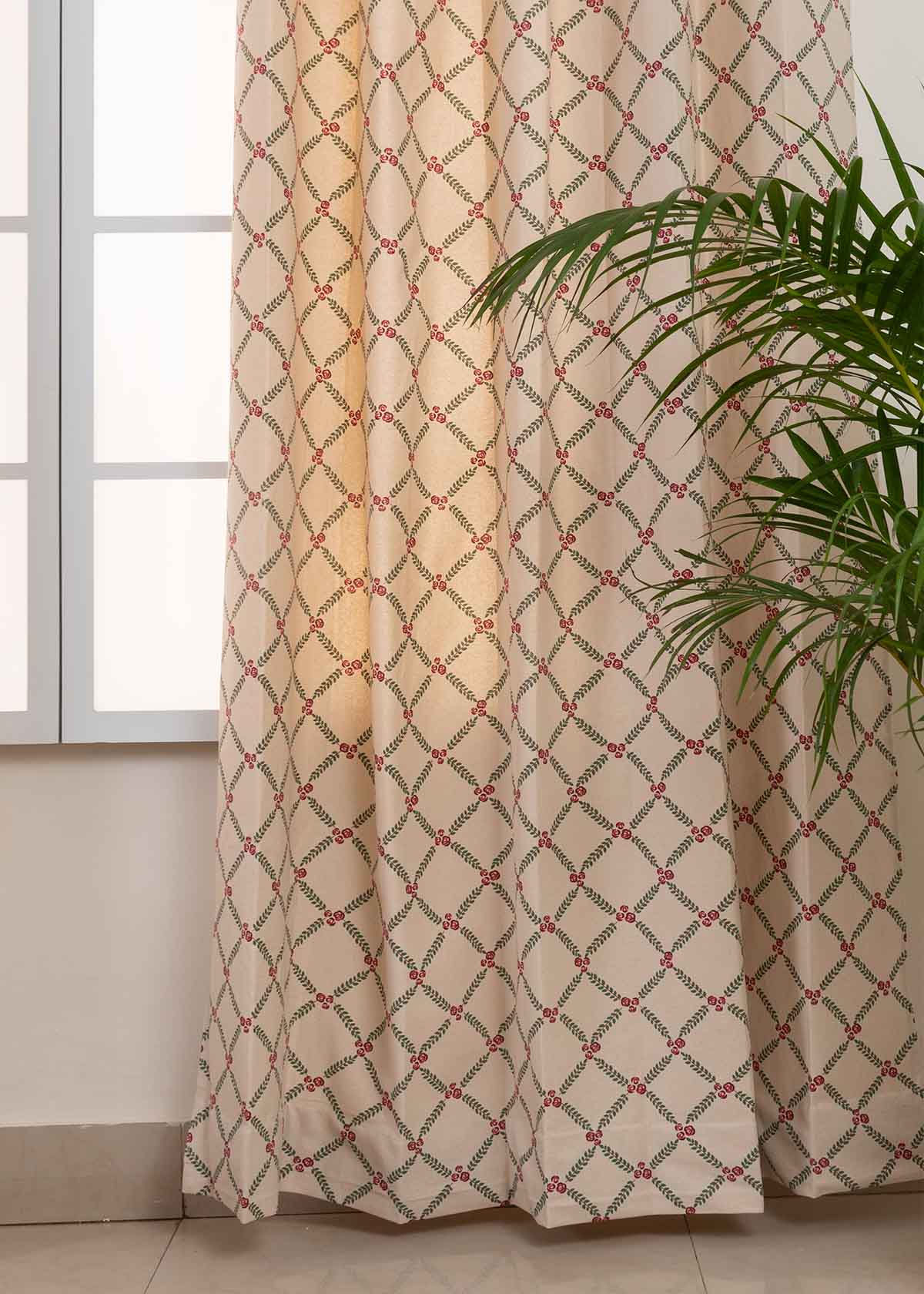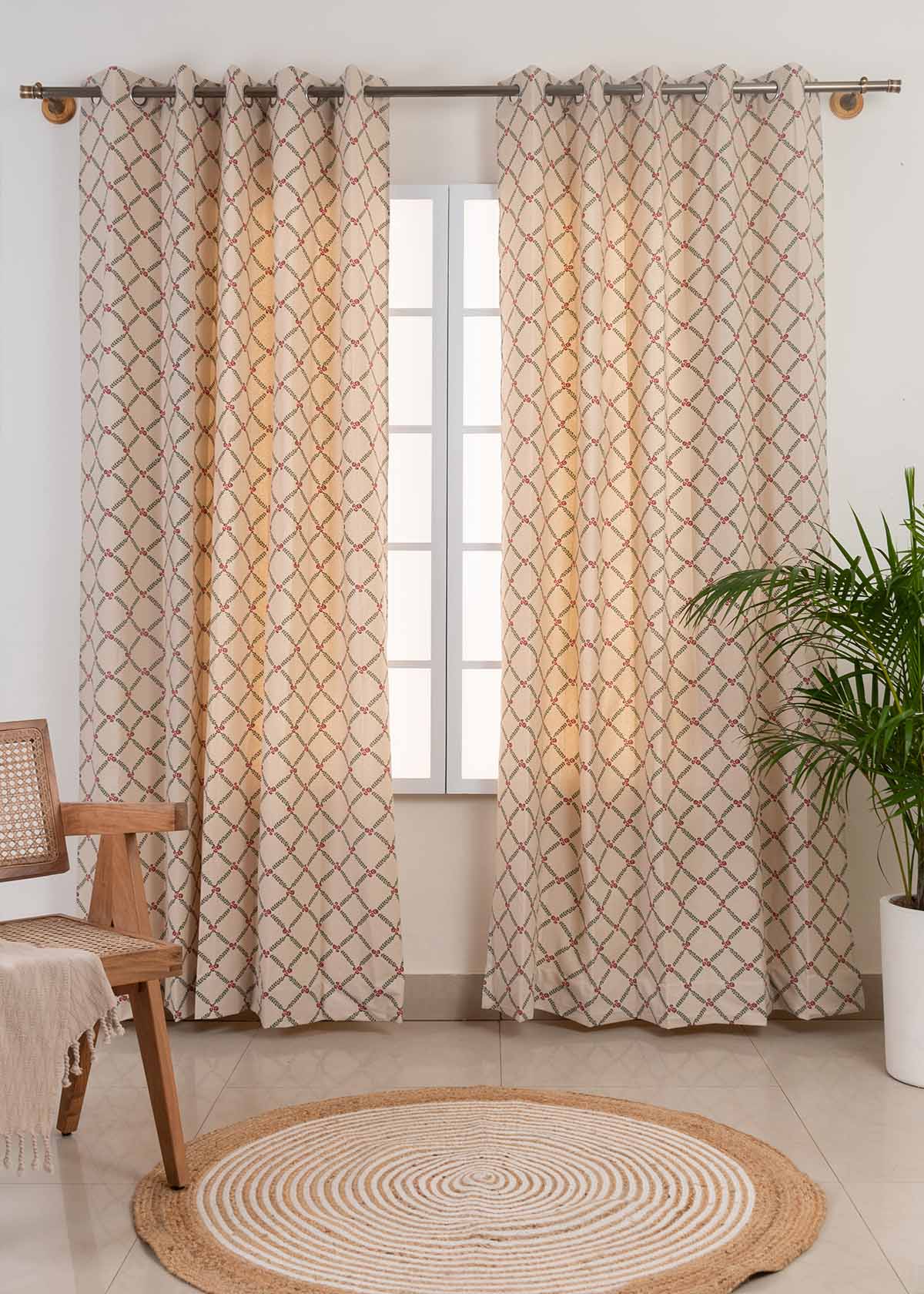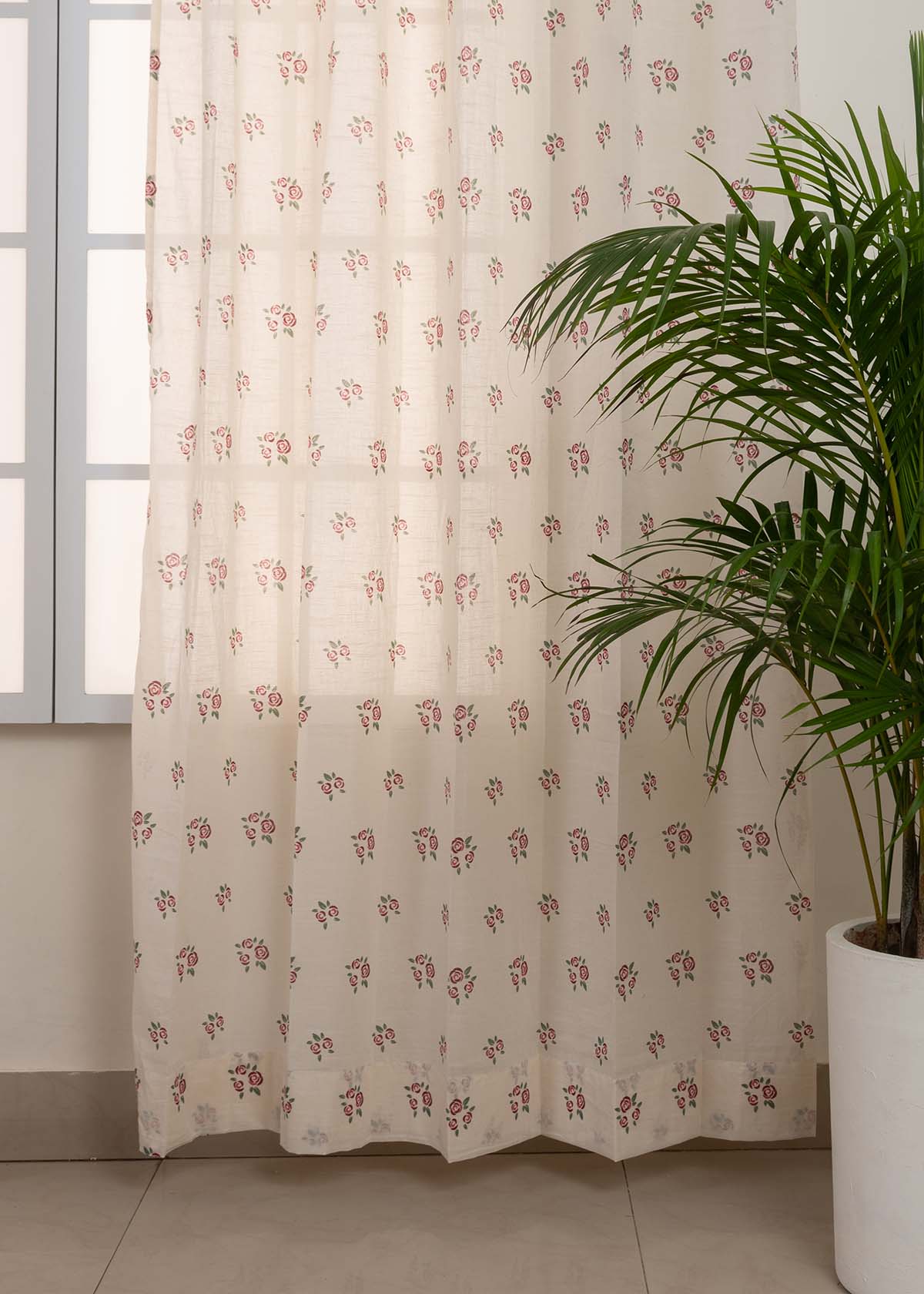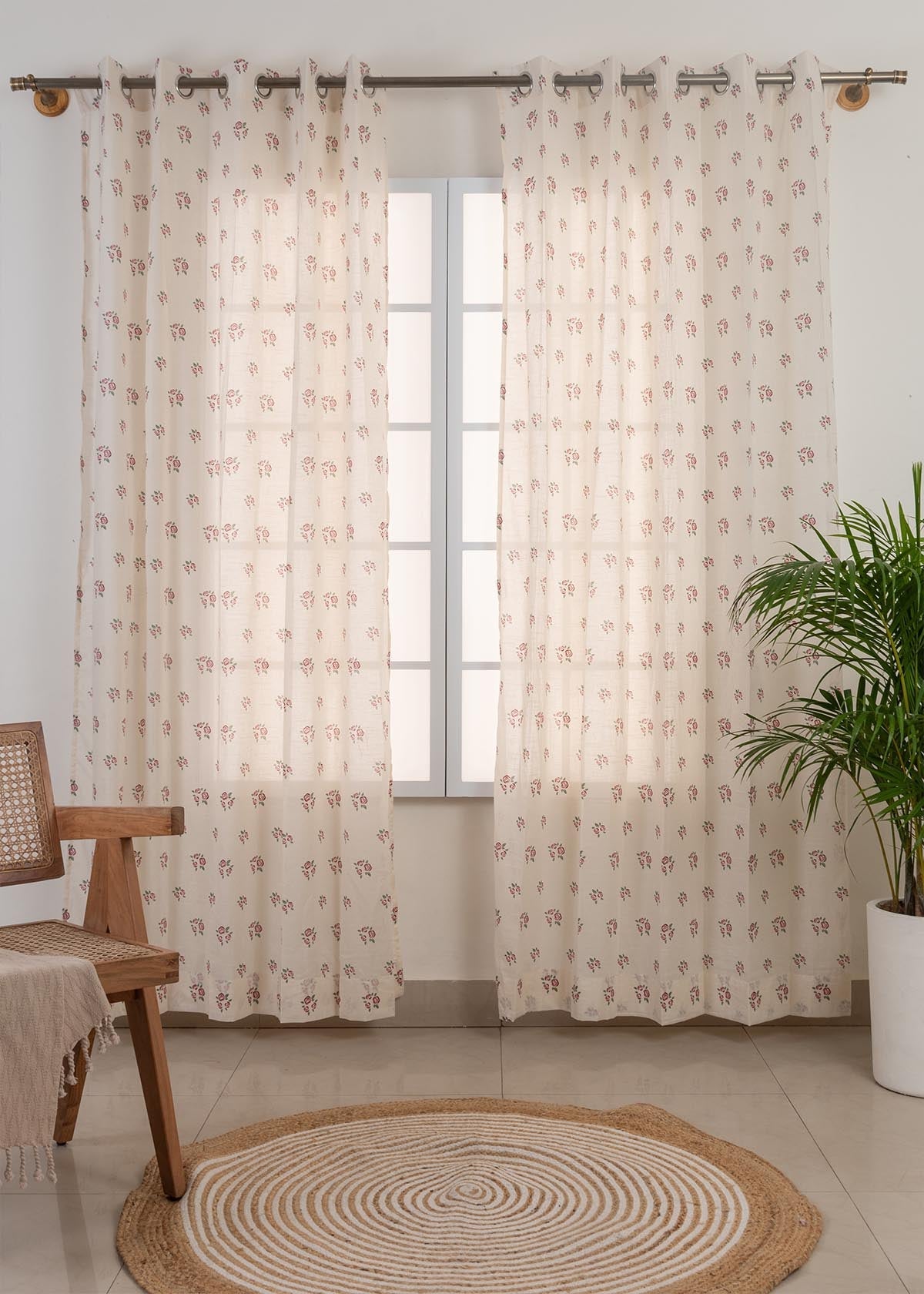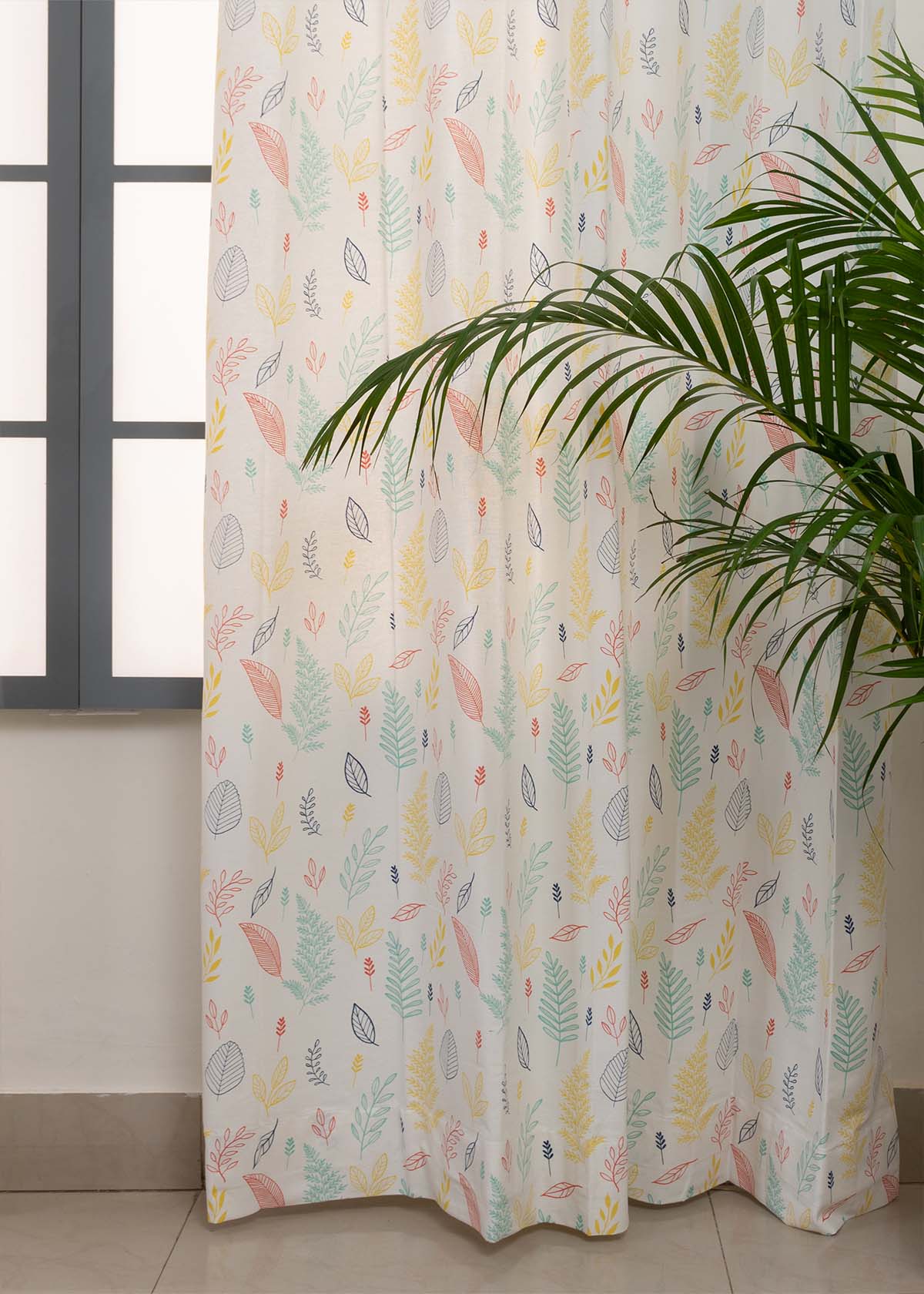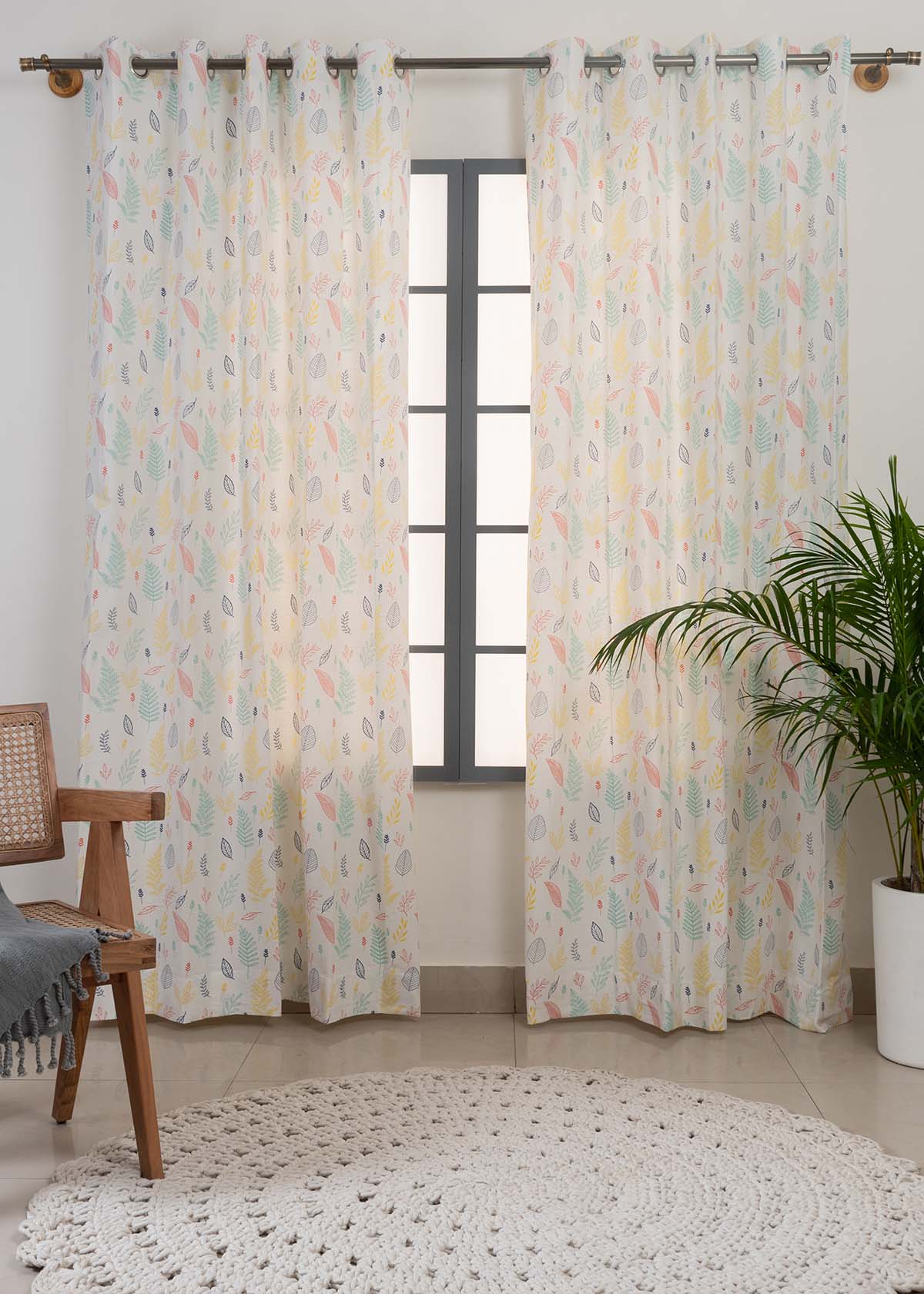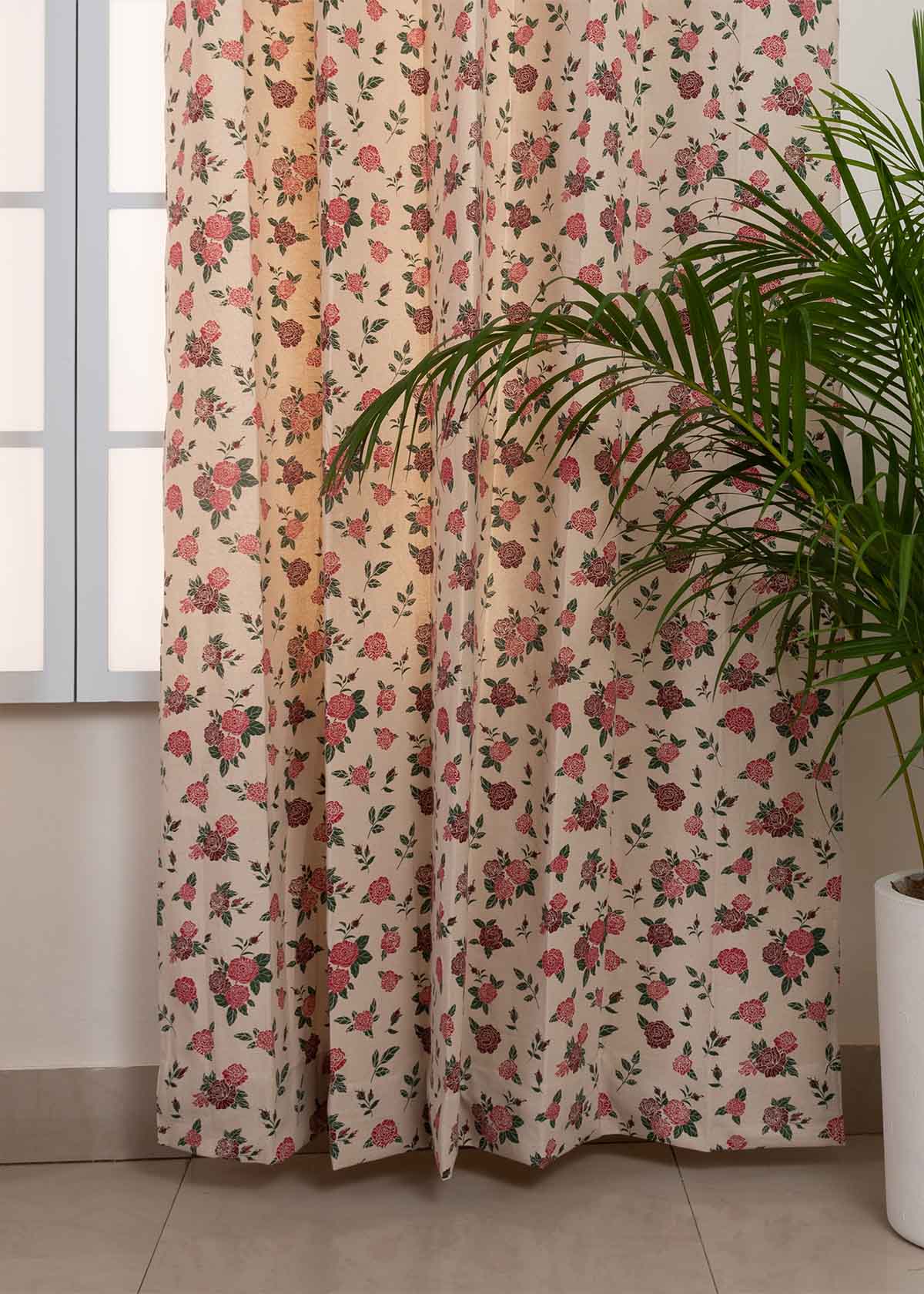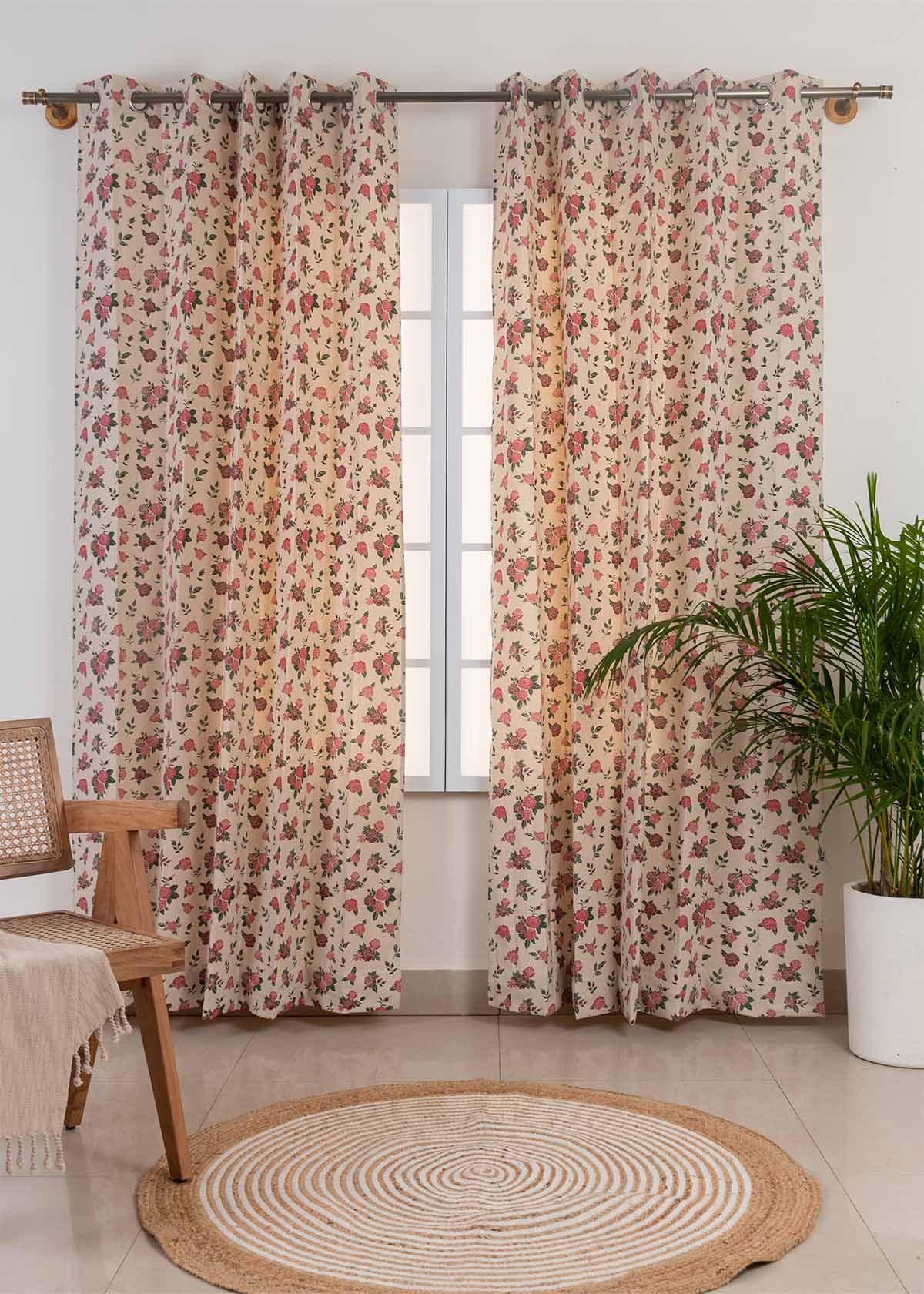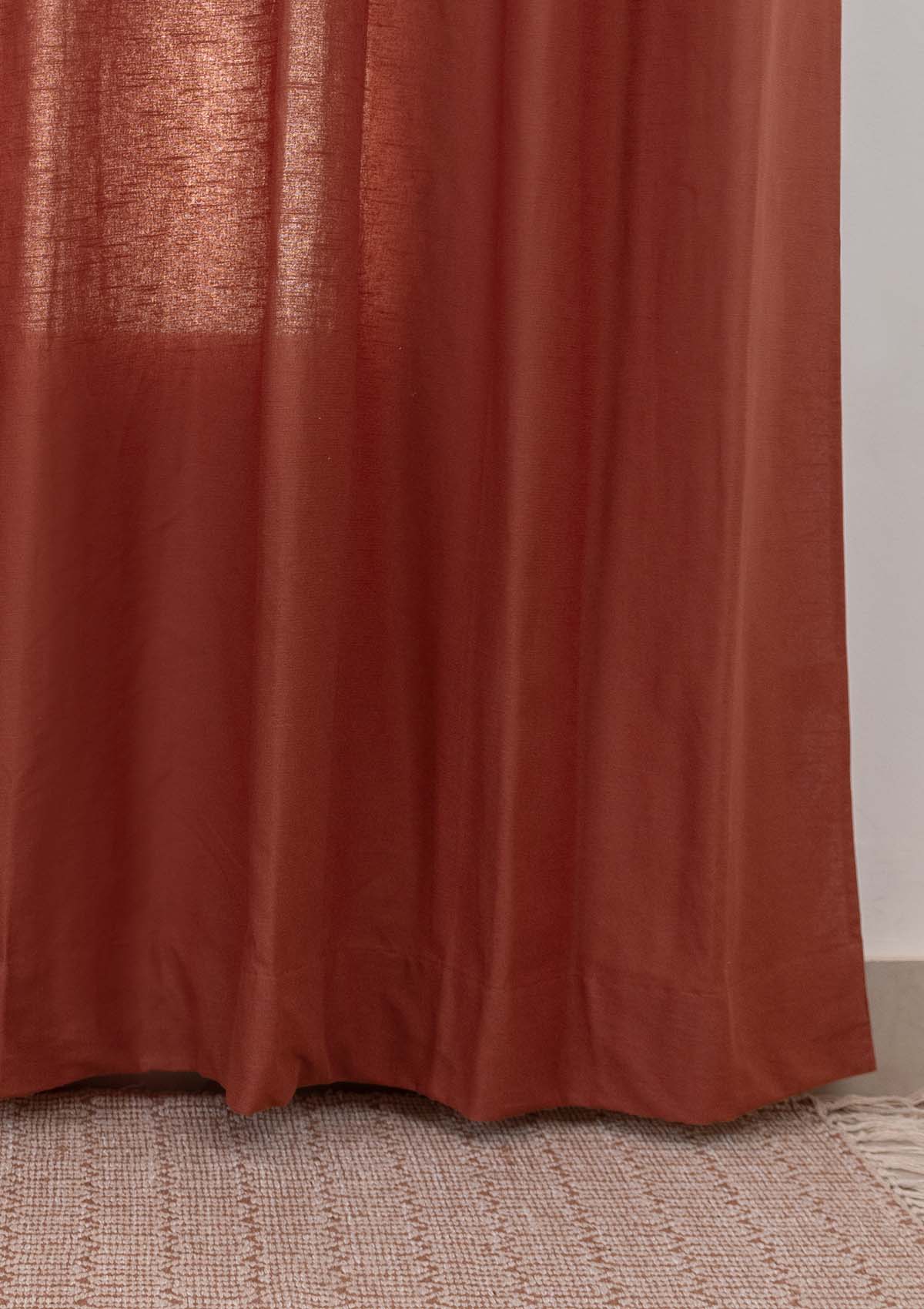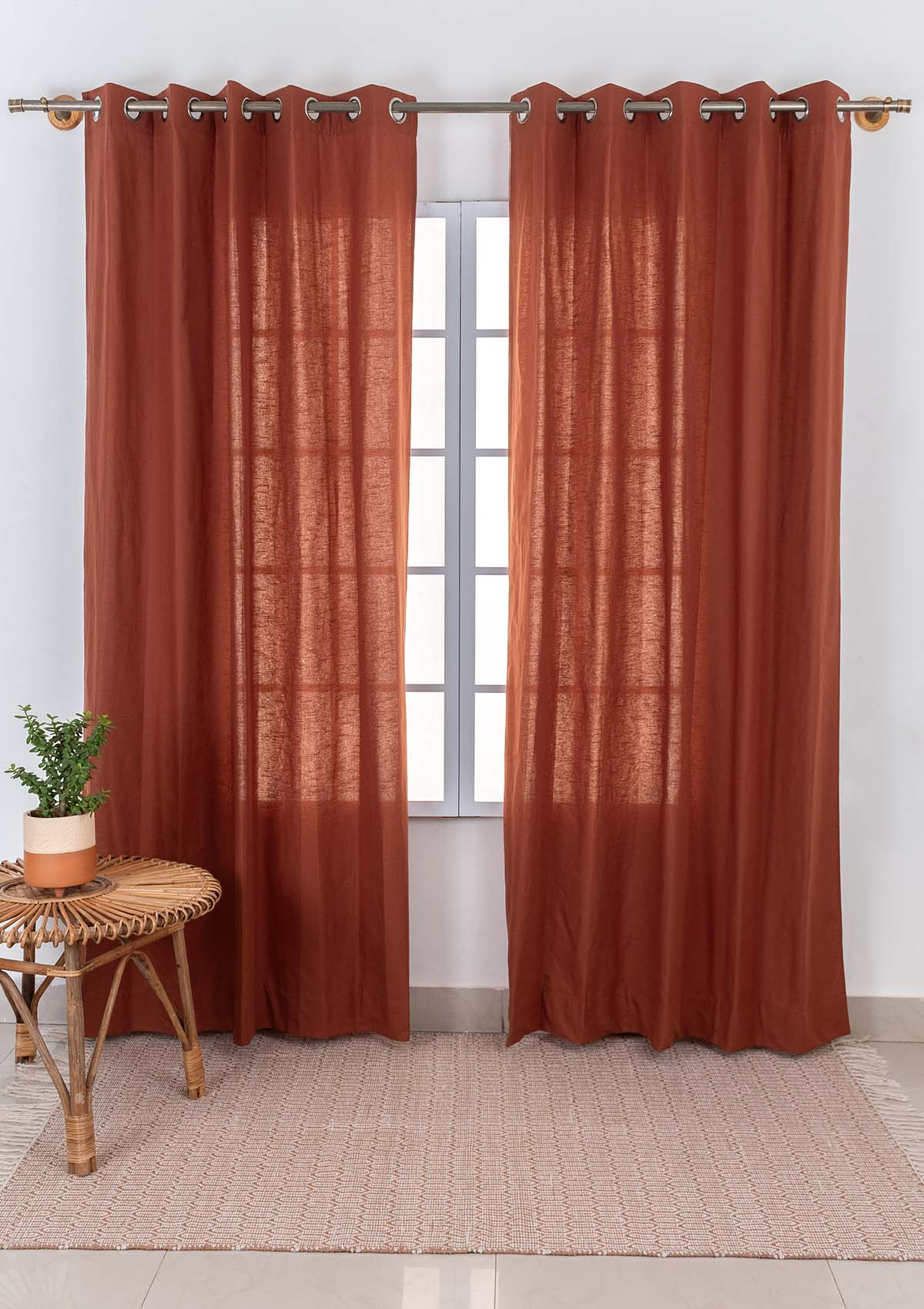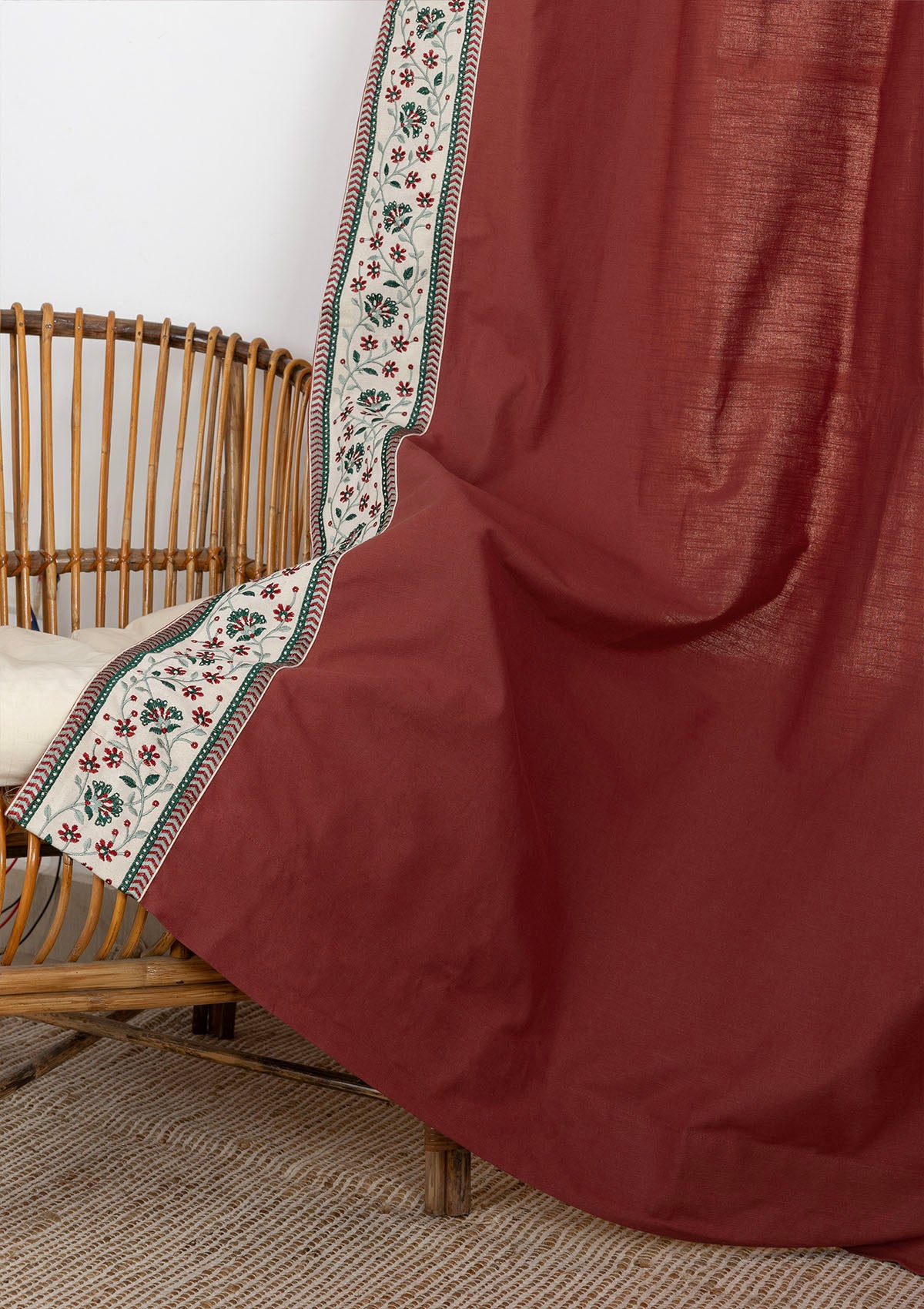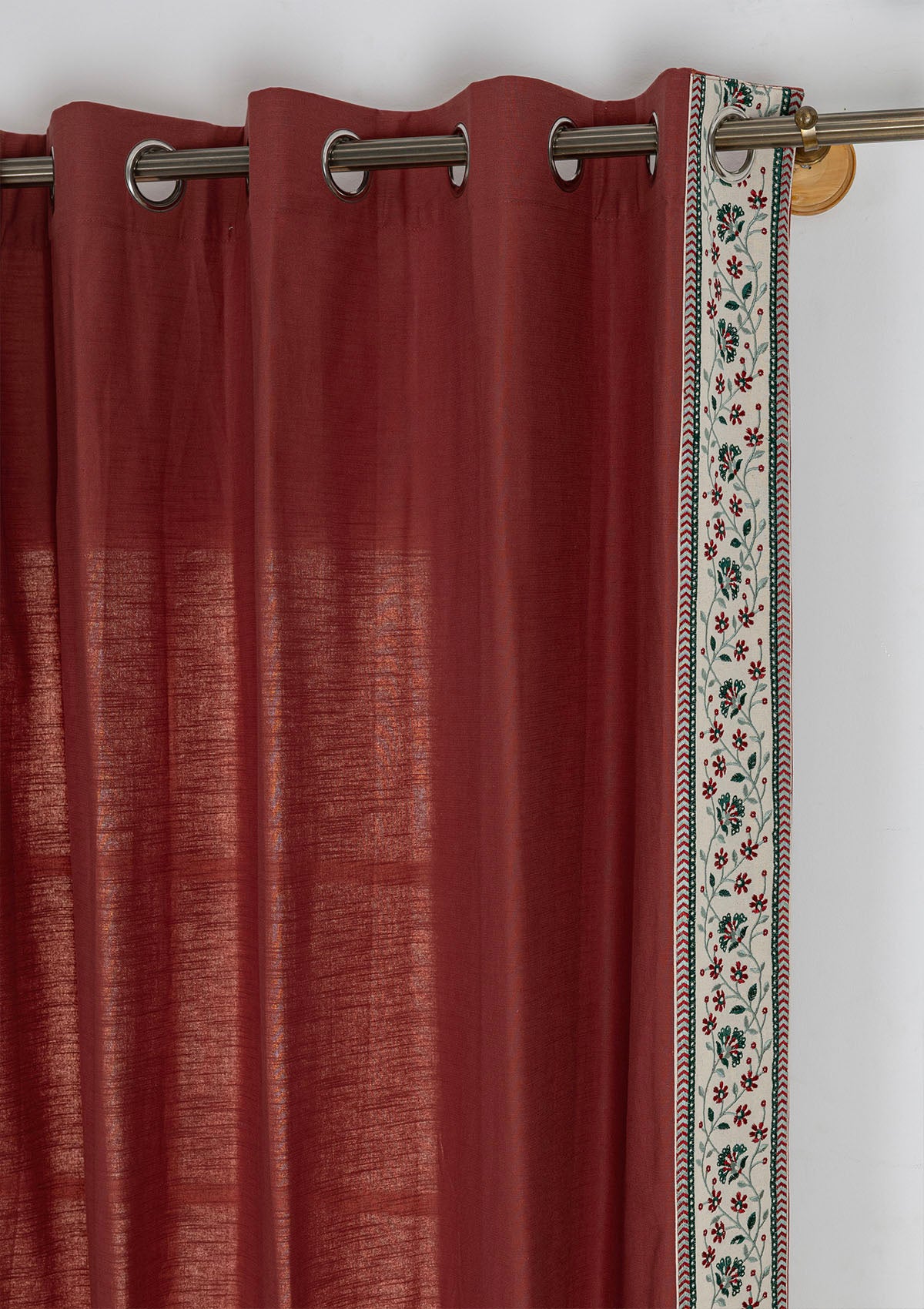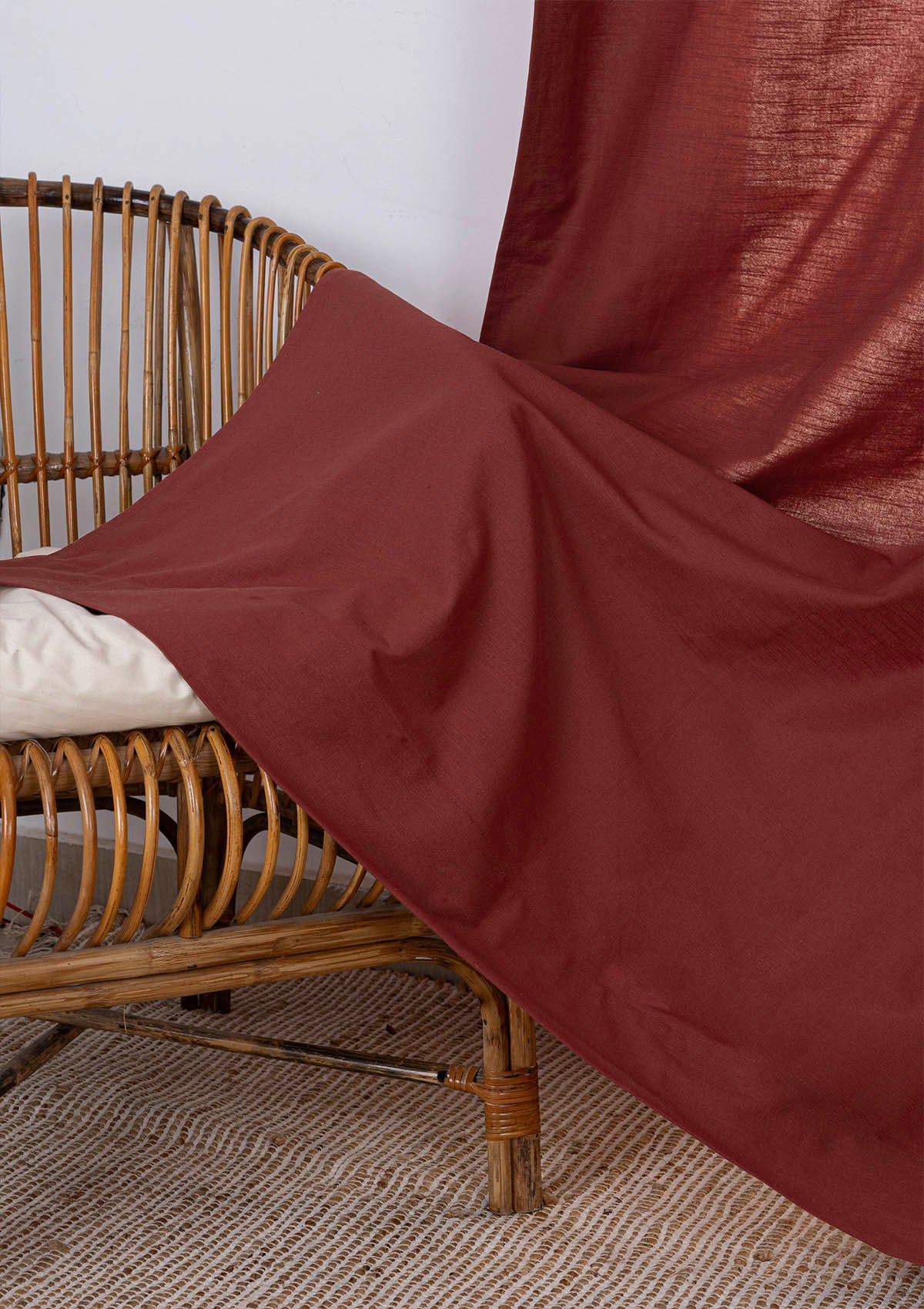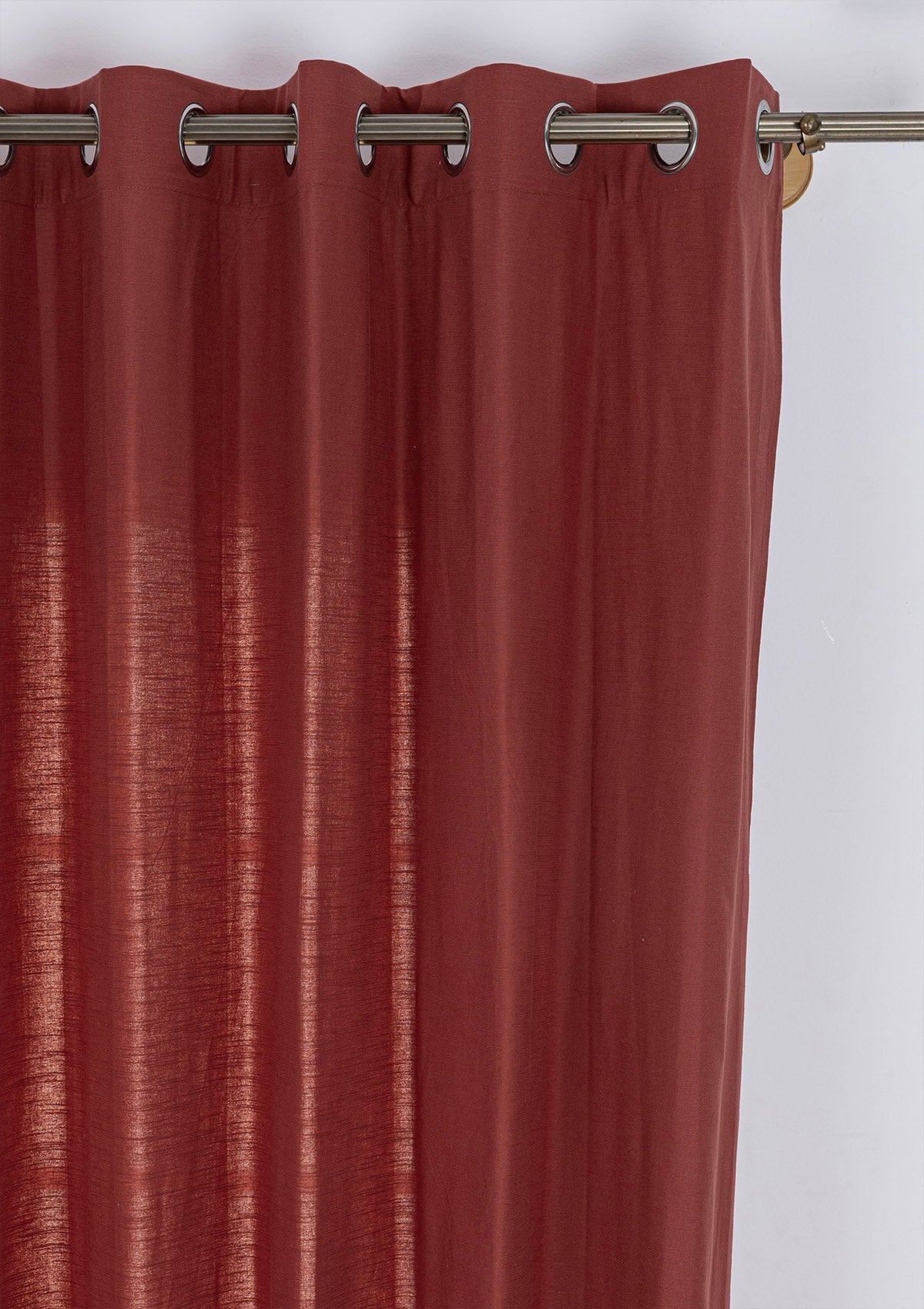Filters
Filters1
Clear allCurtains- Decor that Elevate any Space
Curtains are the basic essential for any space. They have numerous utilities and can be played with to create a unique decor theme for your needs. Curtains are used to cover windows to take a break from sunlight during the day and give privacy at night. They are also useful in controlling sounds and temperatures in the room. Buy readymade or custom-made curtains online to adorn your home furnishings.
As a major part of the room or house decor, curtains are the foremost pieces to be picked. They form an important part of house decor. You can buy online different styles of curtains and blinds as per your preference. Choose from different fabrics, textures, prints, and colors to go with the themes of your room decor.
One can personalize the choice of curtains according to the requirement of the space, room themes, rooms for adult or children rooms, office spaces, and living rooms, among others. You can buy different blinds or shades, and door or window curtains online in classic colors, floral prints, bright hues, color combinations, and textured material.
You must keep certain pointers in mind before buying curtains online.
- Determine the space you want the curtains for.
- Keep Measurements ready for the windows and doors you want the custom-made curtains for.
- Types of installations like rods and hooks should be taken care of.
- Themes and Design preferences for the space should be duly noted to suit the decor of the concerned space. It is here that you get to play with the colors, prints, fabrics, and textures of the draperies.
- You need to decide the amount of sunlight you want in the room. You can then choose from traditional, blackout, or sheer curtains.
- One also needs to decide between wet or clean drying curtains, as one’s convenience allows.
To lighten your workload, you can find a brief guide to choosing from different curtain types to buy door curtains, window curtains, blinds, and shades online.
- Cotton Curtains
Subtle colors in cotton provide an ideal option if you want a simple yet cozy aesthetic for your space. These curtains are non-transparent and can block up to 50% sunlight. Buy them online at great prices.
- Sheer Curtains
These are available in neutral colors to allow maximum sunlight in the room. Sheer curtains provide a classy and minimal feel to any space. - Combos Curtains
One can also pick and choose different designs, colors, or textures to create a contrasting curtain set for a room that can carry the boldness of a combination of designs. - Solid Colored Curtains
For a fuss-free home furnishing option, go for matching or contrasting solid colors. This will provide you with all the basic utilities of a curtain while still elevating the decor.
- Printed Curtains
Here is where you can play with designs and prints. Choose florals, motifs, and artistic designs that speak to your unique style. Go for earthy colors for the base with bold prints to instantly amp up any space.
- Linens Curtains
Linens are known for their minimalist feel and look. If you want to keep the decor sophisticated, then buy linen curtains online at reasonable prices.
Buy designer curtains online to give an aesthetic makeover to your house and workspace with the best ready-made and custom-made curtain furnishings.

